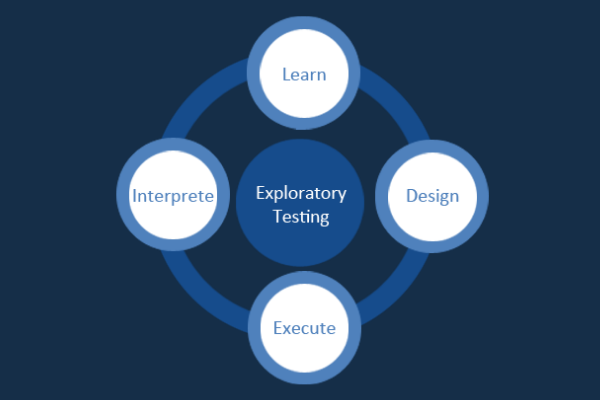Exploratory testing is an approach to software testing that emphasizes the tester's creativity, intuition, and freedom to explore the software under test. Unlike scripted testing, which follows pre-defined test cases, exploratory testing involves simultaneous learning, test design, and test execution. Testers use their domain knowledge, experience, and critical thinking skills to uncover hidden bugs, identify risks, and enhance the overall quality of the software.
Key aspects and benefits of exploratory testing
Uncovering Unexpected Bugs:
By exploring the software without rigid test scripts, testers can discover bugs that might not have been identified through traditional testing approaches. Exploratory testing often leads to finding critical defects, edge cases, and usability issues that scripted tests might miss.
Improved Test Coverage and Quality:
Exploratory testing complements scripted testing by providing additional test coverage. Testers can go beyond the defined test cases and explore different paths, features, and combinations, leading to a more thorough examination of the software. This increased coverage helps improve the overall quality of the application.
To conduct Effective exploratory testing

Test Session Planning and Preparation:
Define the scope and objectives of the testing session. Understand the areas to focus on and set clear goals for exploration. Identify any constraints, risks, or specific scenarios to test
Rapid Feedback and Bug Reporting:
Document any issues, observations, or ideas that arise during the exploratory testing session. Provide detailed and actionable feedback to developers, including steps to reproduce any discovered bugs.
By leveraging exploratory testing alongside other testing approaches, organizations can achieve a more comprehensive understanding of their software, identify critical issues, and deliver higher-quality products to their users.
It is a powerful technique for uncovering hidden bugs, enhancing quality, and ensuring that the software meets user expectations.
